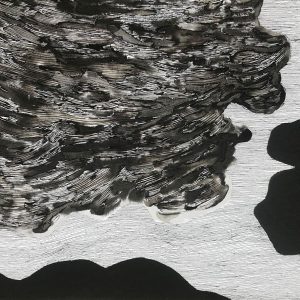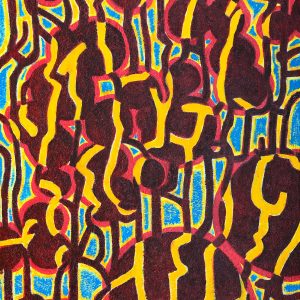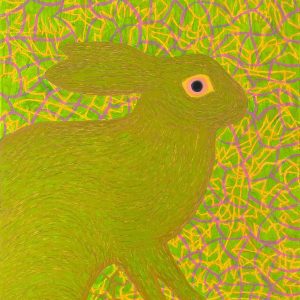Geometric shape landscape
7 579,00 kr
oil on canvas, 40 x 60 cm
year of creation 2014
ships from Sweden in a box
shipping included in price
Geometric shape landscape – this painting refers to Paul Cezanne’s thoughts on the role of geometry in painting. One of Paul Cézanne’s favourite painting subjects was still life. The artist did not reproduce the details of objects, the varied texture of the wood of a table or the skin of a fruit. He showed their essence – colour and solidity. He painted with a flat patch of colour, and simplified the objects by approximating their shapes to simple geometric figures (e.g. squares, rectangles, circles, etc.) and solids; peaches and sugar bowls are spheres, pears are cones, and a jug is a cylinder. He built the shape of the object, its solid, with colour. This approach to the representation of reality was, at the time in which he lived, very innovative. He is referred to as the father of modern painting. Art historians believe that his work gave rise and foundation to cubist experiments and later abstract art. Today, artists that use geometric shapes, make it openly and boldly. They do not try to hide them in objects. On the contrary, geometric shapes are meant to stimulate the viewer to find their own associations. Geometric shapes, through their neutrality and universality, are signs that can speak to people all over the world. Geometric shapes paintings can be understood by every viewer, no matter where they live or what language they speak – this is the ideal image. Perfect because it is universal. Do such works of visual art exist? If they do exist, they are certainly abstract and geometric paintings.
Thus, artists who use geometric shapes use a visual language that everyone understands. And at the same time, many people react with indignation at the sight of an abstract image. They are outraged that the painting does not represent anything and that it is difficult to understand what the artist wanted to express and convey through the painting. Art is full of paradoxes and contradictions. And this is one of them.
Related products





Reviews
There are no reviews yet.